-
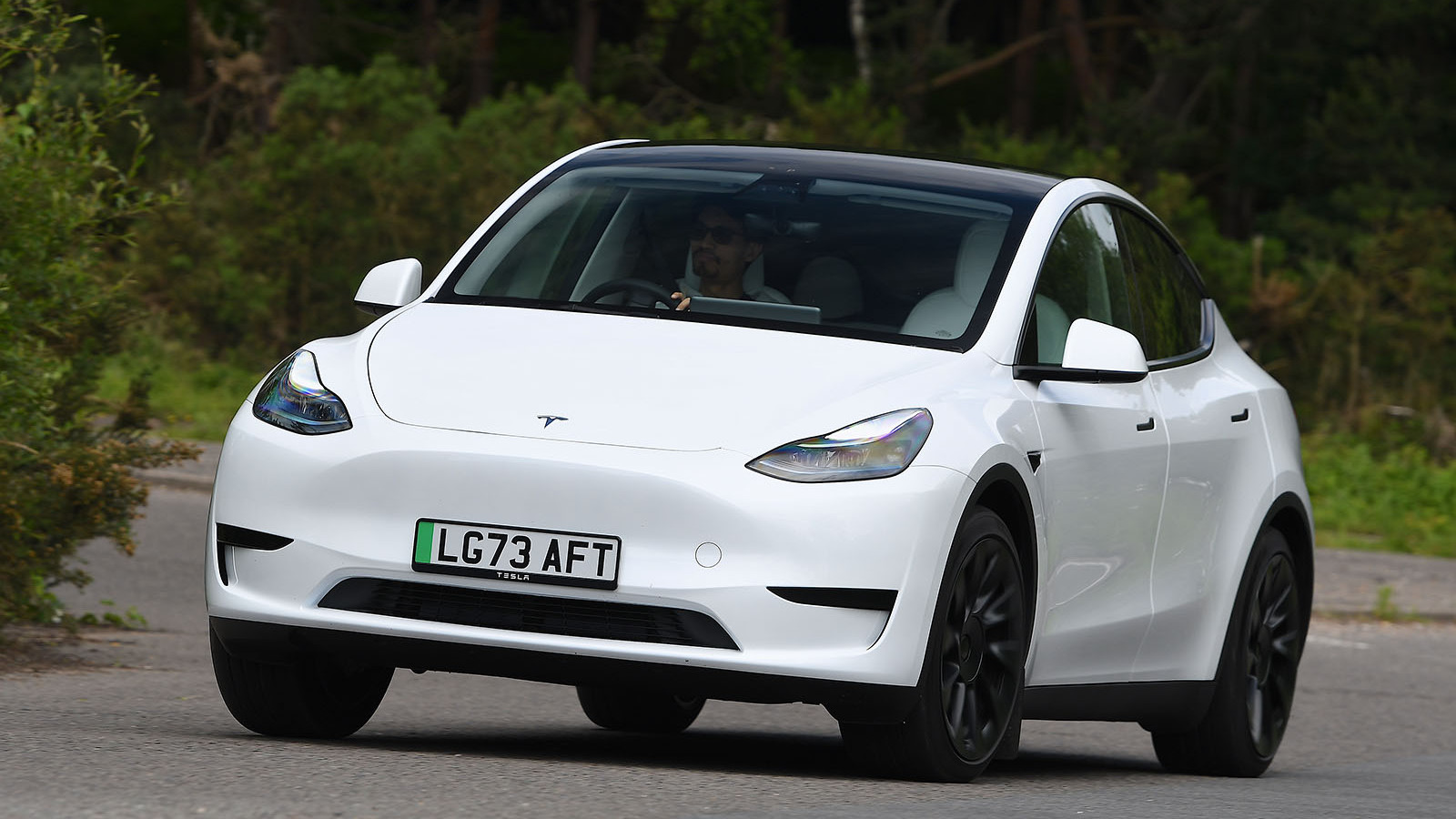 © Haymarket Media
© Haymarket Media -
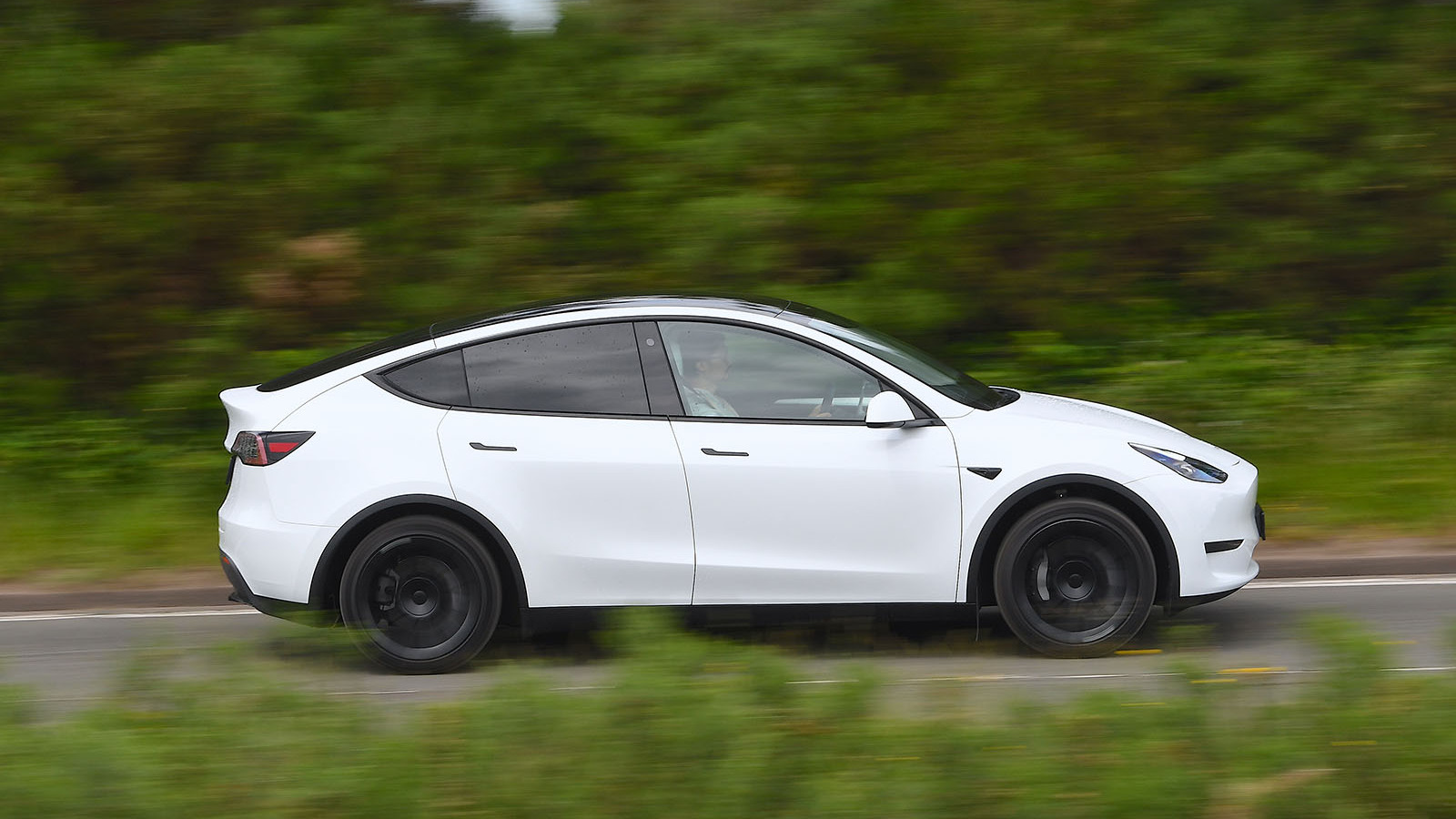 © Haymarket Media
© Haymarket Media -
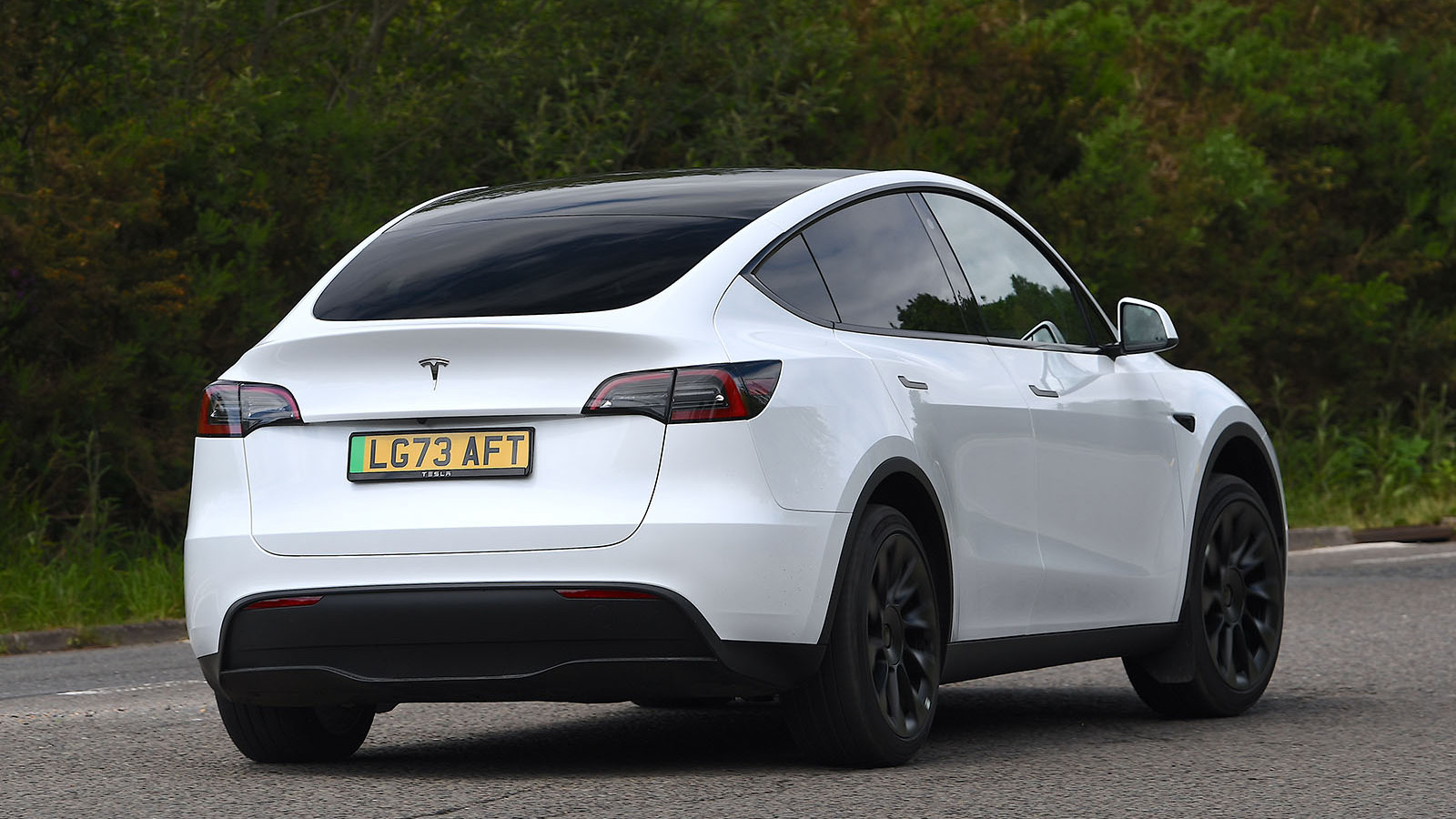 © Haymarket Media
© Haymarket Media -
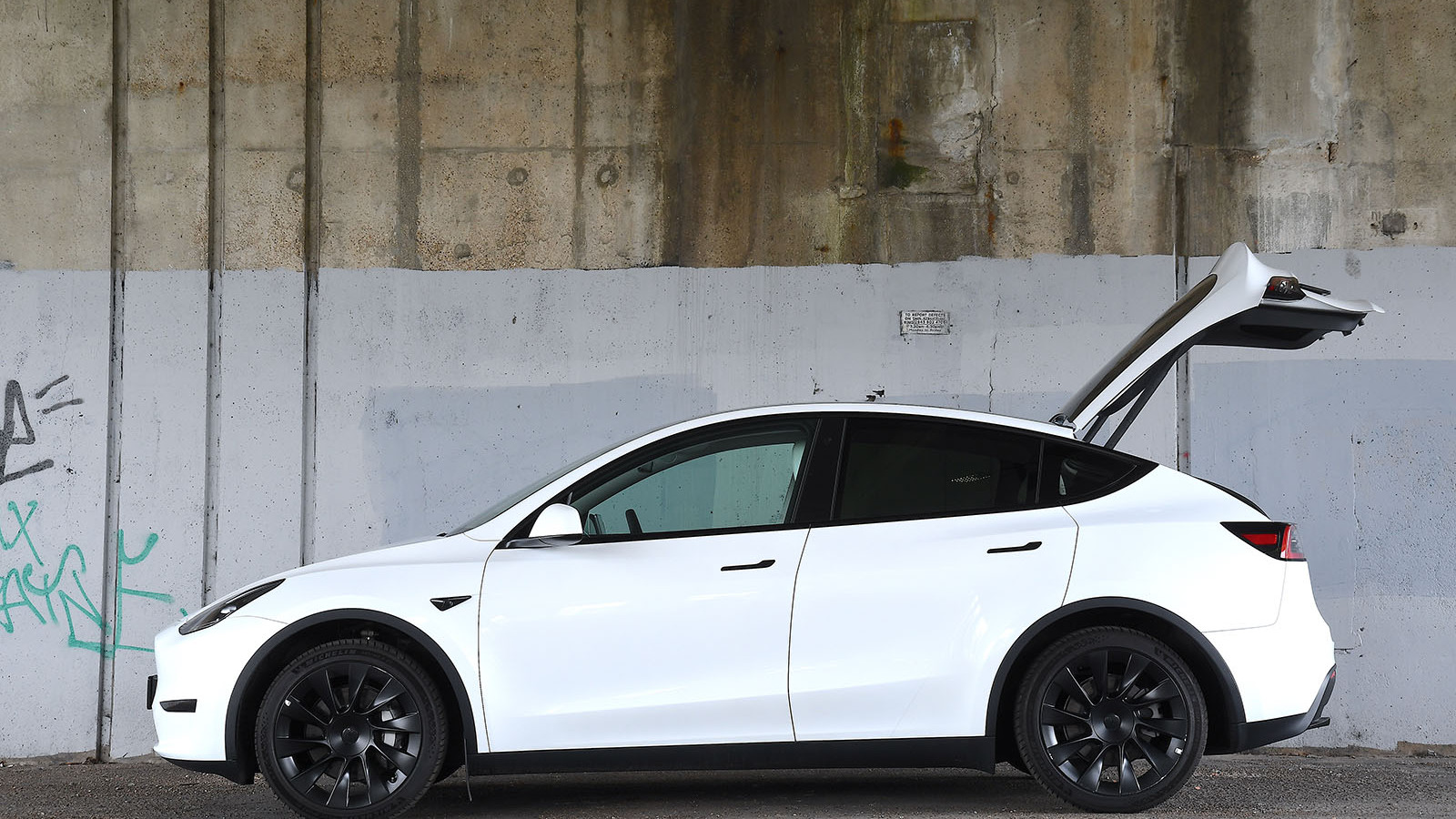 © Haymarket Media
© Haymarket Media -
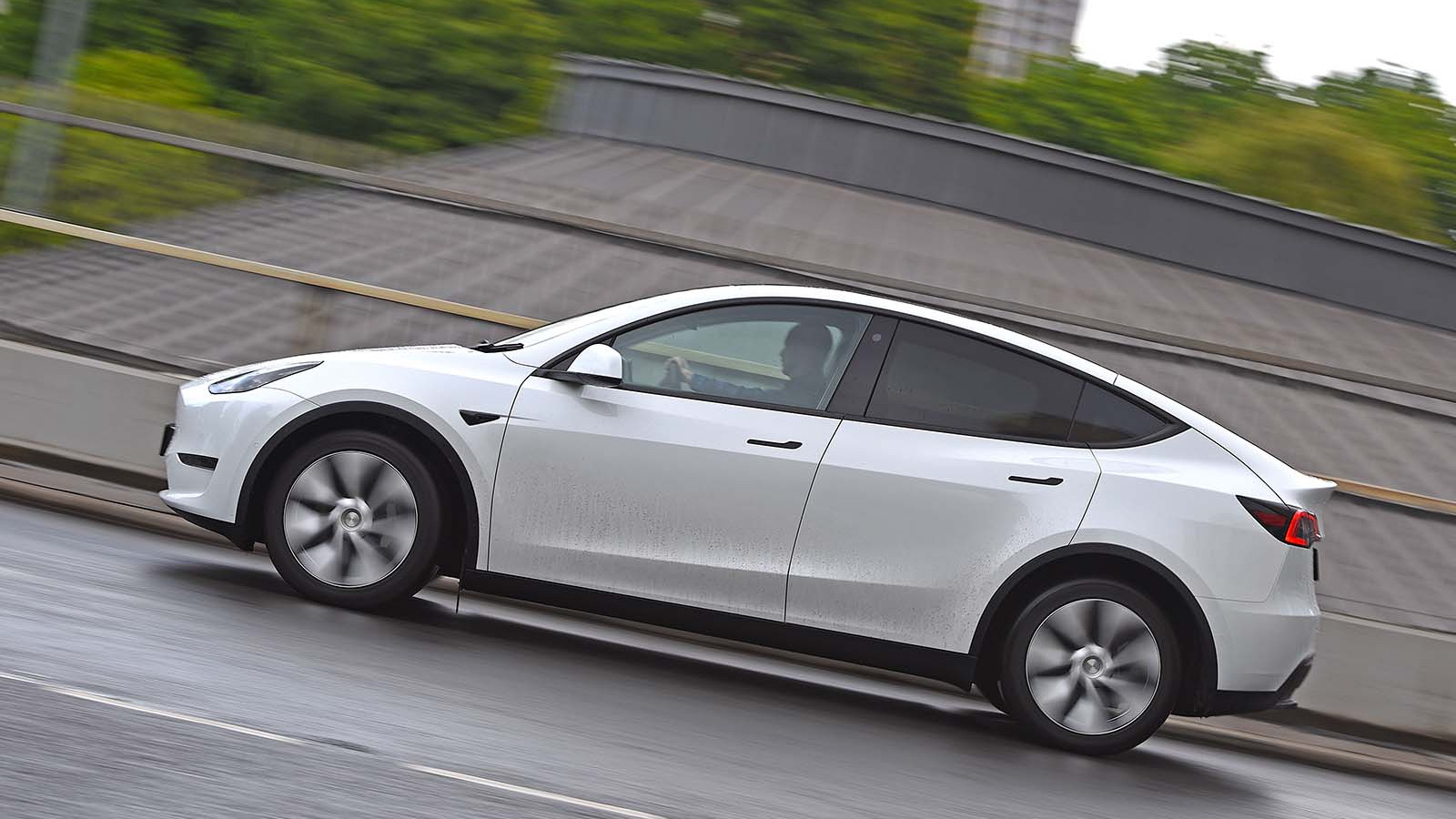 © Haymarket Media
© Haymarket Media -
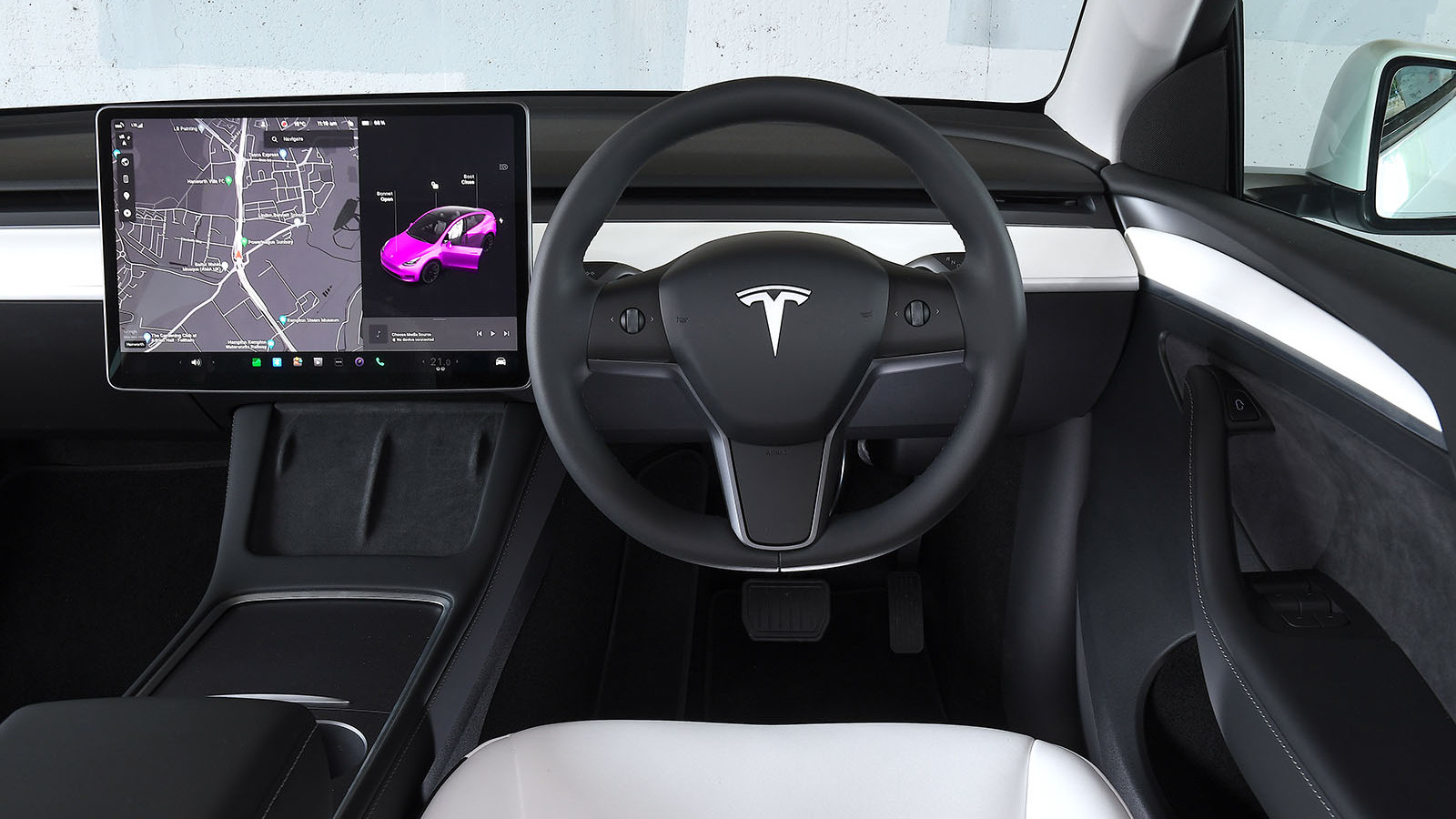 © Haymarket Media
© Haymarket Media -
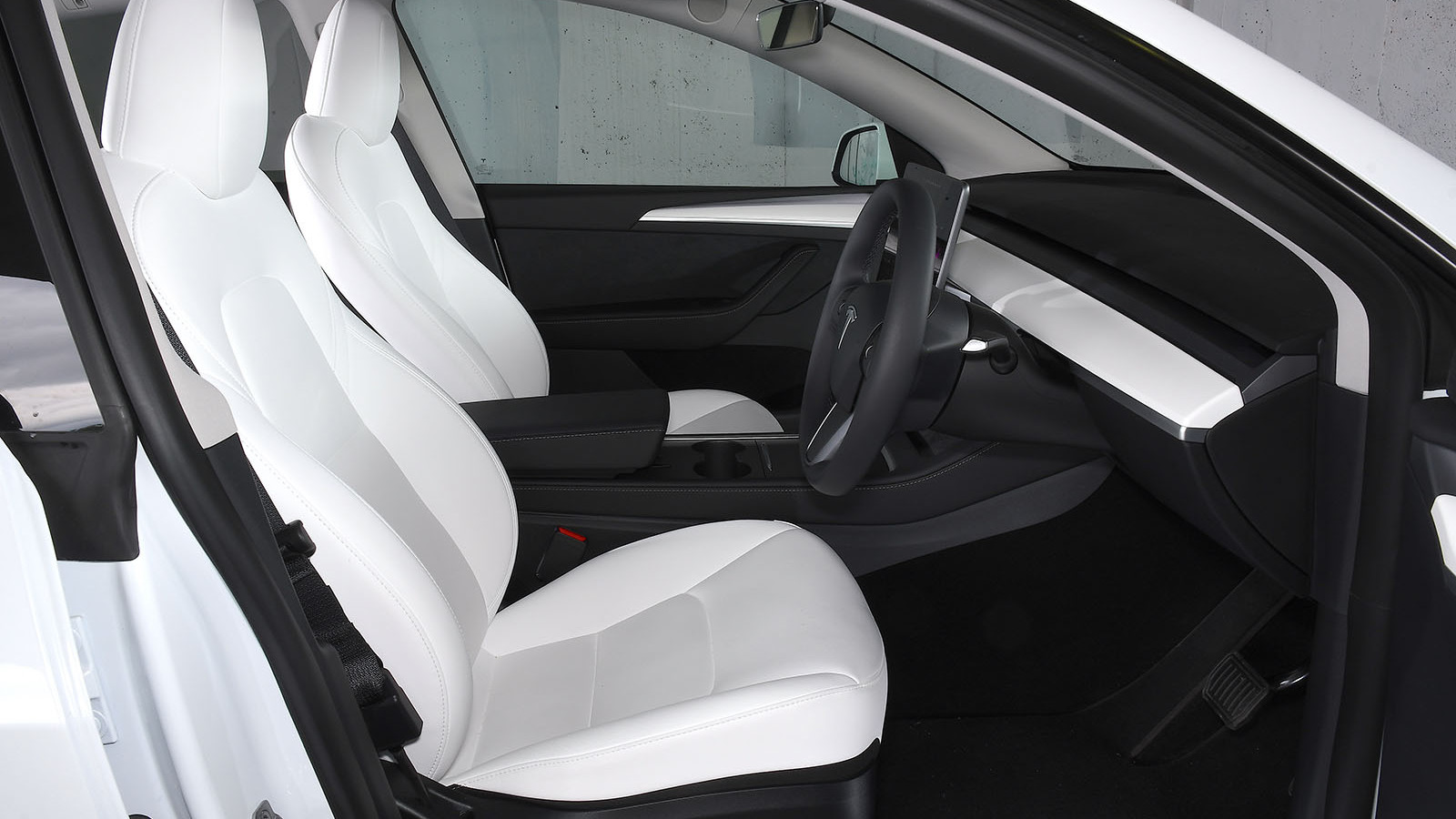 © Haymarket Media
© Haymarket Media -
 © Haymarket Media
© Haymarket Media -
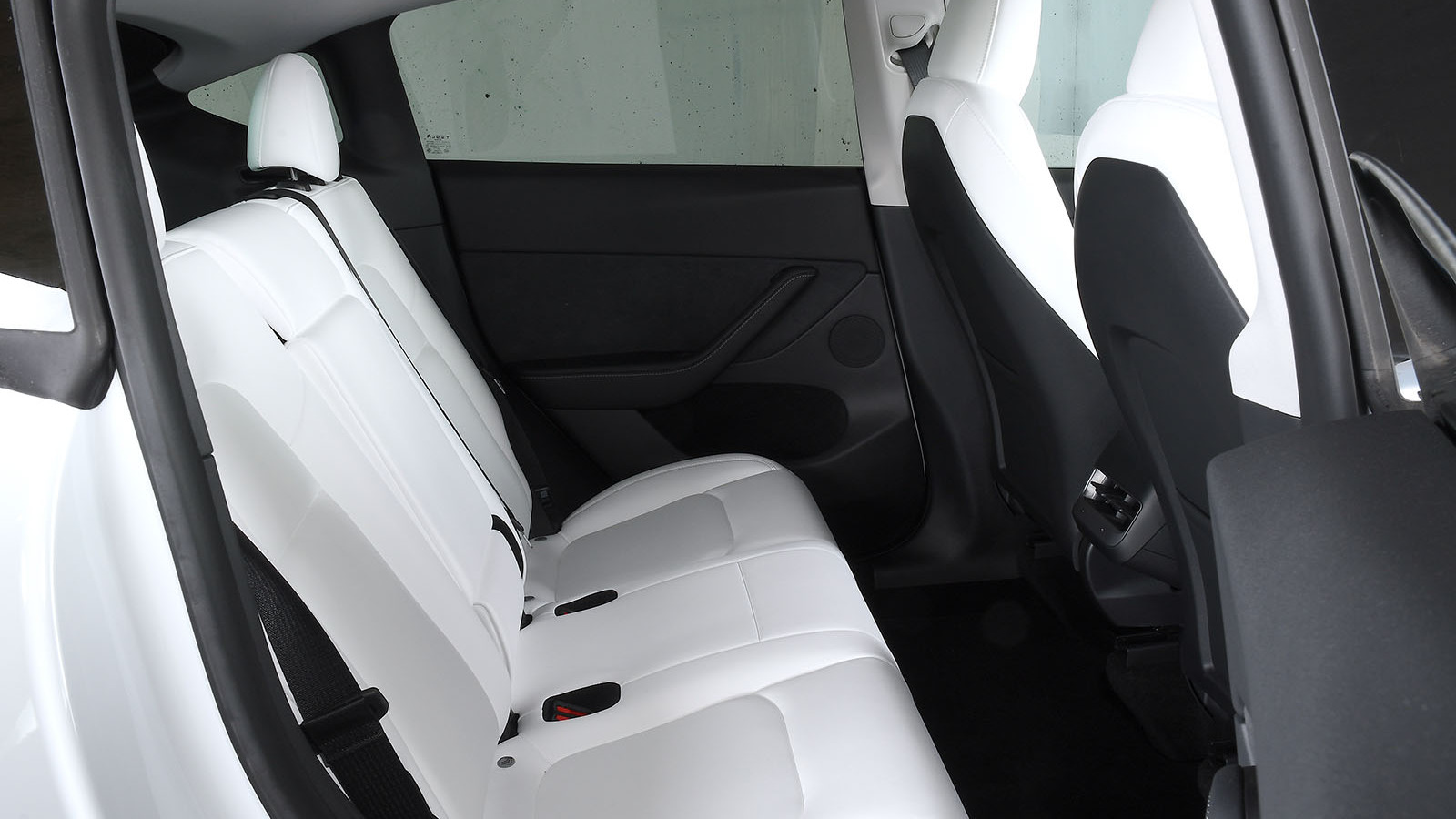 © Haymarket Media
© Haymarket Media -
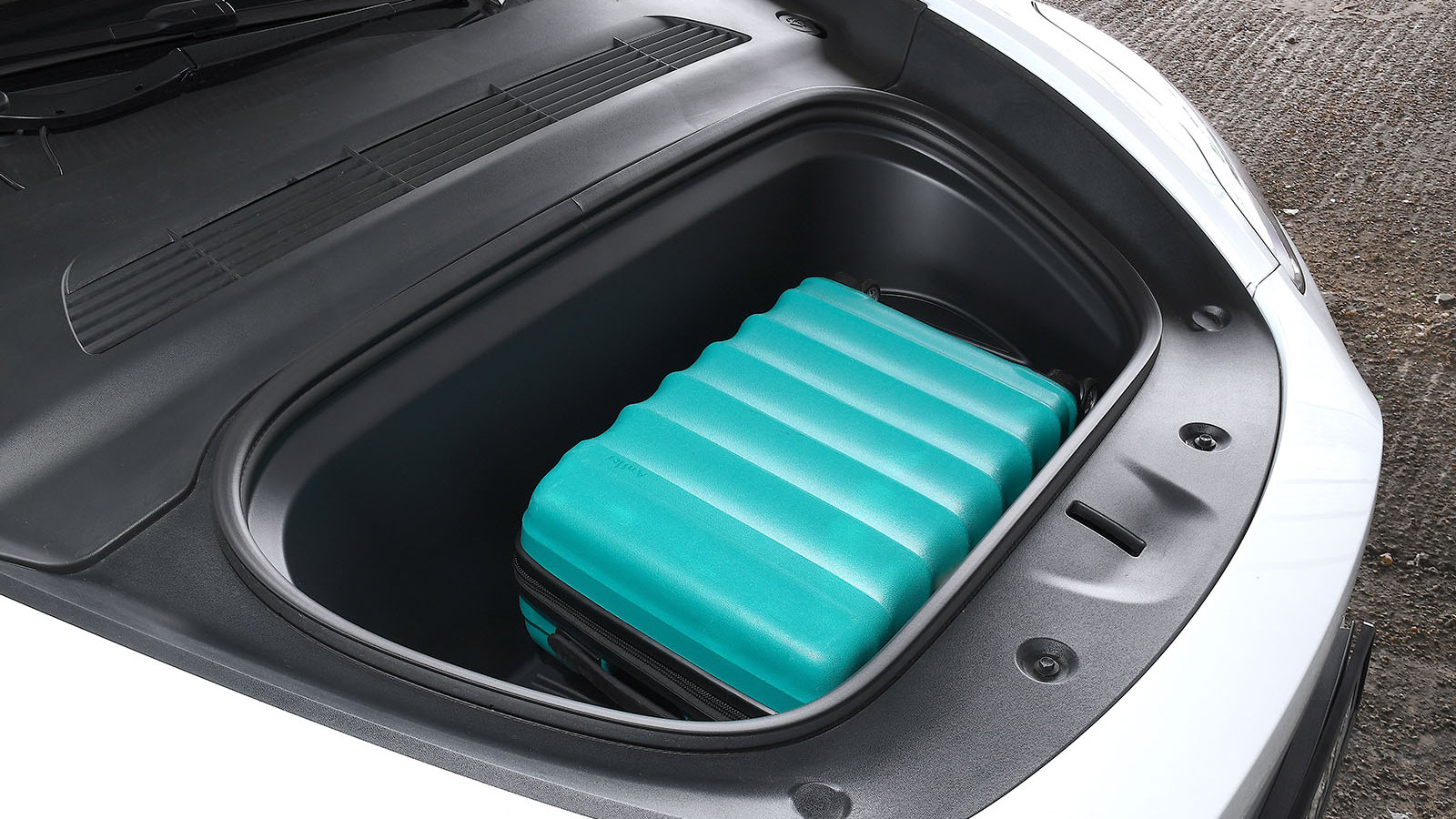 © Haymarket Media
© Haymarket Media -
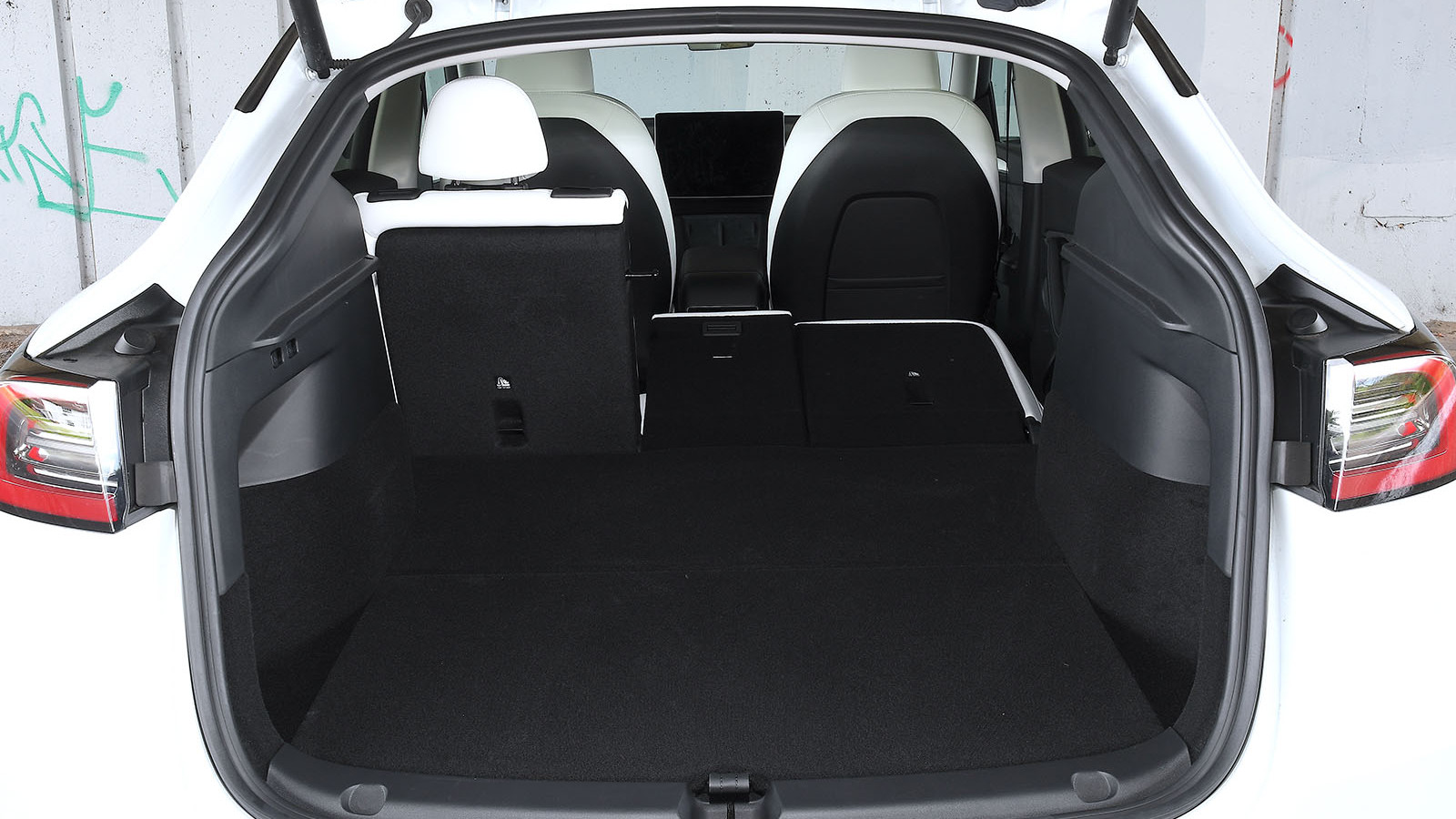 © Haymarket Media
© Haymarket Media -
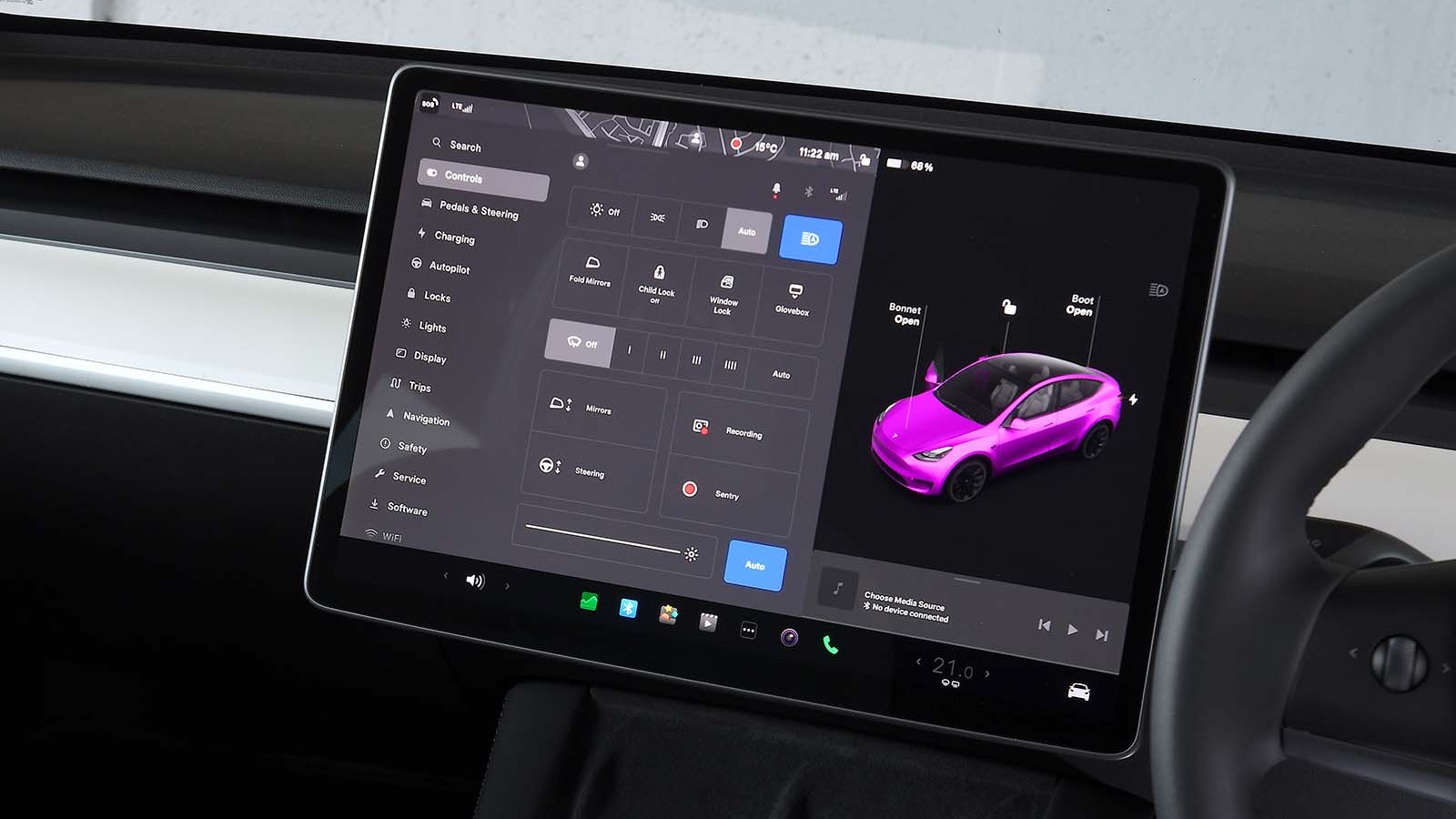 © Haymarket Media
© Haymarket Media
-
We might have already covered the Tesla Model Y on Move Electric, but that was before Tesla introduced this long-range, rear-wheel drive variant.
The Model Y is the world's best-selling car. Its sales success is unprecedented and quite clearly demonstrates people's rising interest in the world of electric cars.
-
But how do you make a car like that better? It's a tall order, but Tesla reckons it's cracked it. The new Model Y RWD will travel 600km on one charge and costs only very slightly more than the last entry-level Model Y, both of which are compelling characteristics.
But are there any inherent flaws with this new variant? Are we now treated to the best, most cost-effective and efficient Model Y there has ever been, or should Tesla have updated more than just the crossover's powertrain? Let's find out.
-
We LOVE the Tesla Model Y RWD because...
Being the Long Range variant, this new entry-level Model Y can travel nearly 161km further than the Model Y it replaces. The size of its battery pack has been increased from 60kWh to 75kWh, which means that electric range has gone from 455km to 600km. That's more than the equivalent Hyundai Ioniq 5 (570km) and Volkswagen ID 4 (542km).
-
We LOATHE the Tesla Model Y RWD because...
The crossover's claimed efficiency of 15.5 kWh/100km is slightly unrealistic, and (in our experience) only possible if you drive in a restrained fashion and the weather is sunny and warm. Over a 108km journey, we averaged 18.3 kWh/100km with the drivetrain in Standard mode. When we moved it to Chill mode, which reigns in the power reserves and air conditioning in an attempt to preserve charge, we saw 17.7kWh/100km.
This means that it can't match the Kia EV6 RWD, which in our hands averaged 16.4kWh/100km over a similar distance and with similar driving styles.
-
We LOVE the Tesla Model Y RWD because...
With 348hp available whenever you need it, the Model Y is pretty rapid. It manages to outpace everyday combustion-powered traffic with little effort, no matter your starting speed. What's more, with 420Nm coming in at just 500rpm, it feels very suited to darting around town.
With a 0-100km/h time of 5.9sec and top speed of 217km/h, it's faster than the equivalent Volkswagen ID 4, Kia EV6 and Hyundai Ioniq 5.
-
We LOATHE the Tesla Model Y RWD because...
While this issue might not be specific to the RWD variant, we feel that it is worth mentioning considering both cars are visually identical - both inside and out - to every other Model Y.
Inside, it's still depressingly minimalistic and far too reliant on the large central touchscreen. While the design is clean, we think that physical controls for the wipers, headlights, mirrors, glove box and steering wheel adjustment are absolutely necessary. This is not just from a usability perspective, but a safety one. Retrieving something from the glovebox at 70mph on a wet day will, we think, be quite dangerous, especially if it is your first time using the touchscreen controls.
-
We LOVE the Tesla Model Y RWD because...
With the car's power all going through the rear wheels, the car's steering feels light, direct and easily manageable at pretty much any speed. This is especially helpful when you're driving at slower speeds around town or manoeuvring around tight car parks, but it is also useful when you take the car on faster, twisty roads. It doesn't feel like a sports car, but it feels almost as agile as the Kia EV6 RWD - high praise indeed.
What's more, the starting price of the Model Y has only increased slightly from £44,990 to £46,990. This is not much of an increase, considering the range on offer, and the fact the equivalent Kia costs £53,675.
-
We LOATHE the Tesla Model Y RWD because...
Despite the competent steering, the car's body control on twisting roads could be better. Even on seemingly smooth surfaces its ride never seems to settle, to the point where your head seems to bounce against the headrest more than you would like. For the facelift, which is supposedly arriving next year, we would like Tesla to update the suspension and dampers to be able to cope better with the car's 1884kg weight, and ensure a better quality of ride.
-
We LOVE the Tesla Model Y RWD because...
The Model Y is fitted with a Full Self-Driving function, which combines some of the best lane-keeping assistance and adaptive cruise control systems we have ever encountered. What's more, once you start indicating, the car will even safely switch lanes for you, taking other traffic and road users safely into account.
In our time with it, it was almost completely unflappable, however when it started raining heavily, it was rendered unusable.
-
We LOATHE the Tesla Model Y RWD because...
Over the years, Tesla hasn't really updated the design of the Model Y. When it first launched, we thought it looked a bit top-heavy, a bit too much like a Model 3 on stilts. This still rings true today, with a design that looks both ungainly and a bit anonymous among sharply-styled rivals such as the recently facelifted Kia EV6 and Volkswagen ID 5.
The same goes for the car's interior, which hasn't changed with regard to design at all, save for the removal of column stalks.
-
We LOVE the Tesla Model Y RWD because...
There are 150 Tesla Supercharger hubs spread across the UK, bringing the total number of chargers to around 1400. In Europe, there are more than 1200, with 164 in Germany and 144 in France. This means that if you decide to travel in the Model Y, you can do so very easily by making use of the 250kW charging speeds and contactless payments.
Tesla's Supercharger network is also famed for its reliability and ease of use.
-
We LOATHE the Tesla Model Y RWD because...
The American brand has omitted smartphone mirroring, which means you can’t connect your Apple or Android device. While this isn’t the greatest hardship in the world, it does limit you to Tesla’s in-built system. Intelligent navigation apps like Waze are therefore made redundant, which is a shame.
